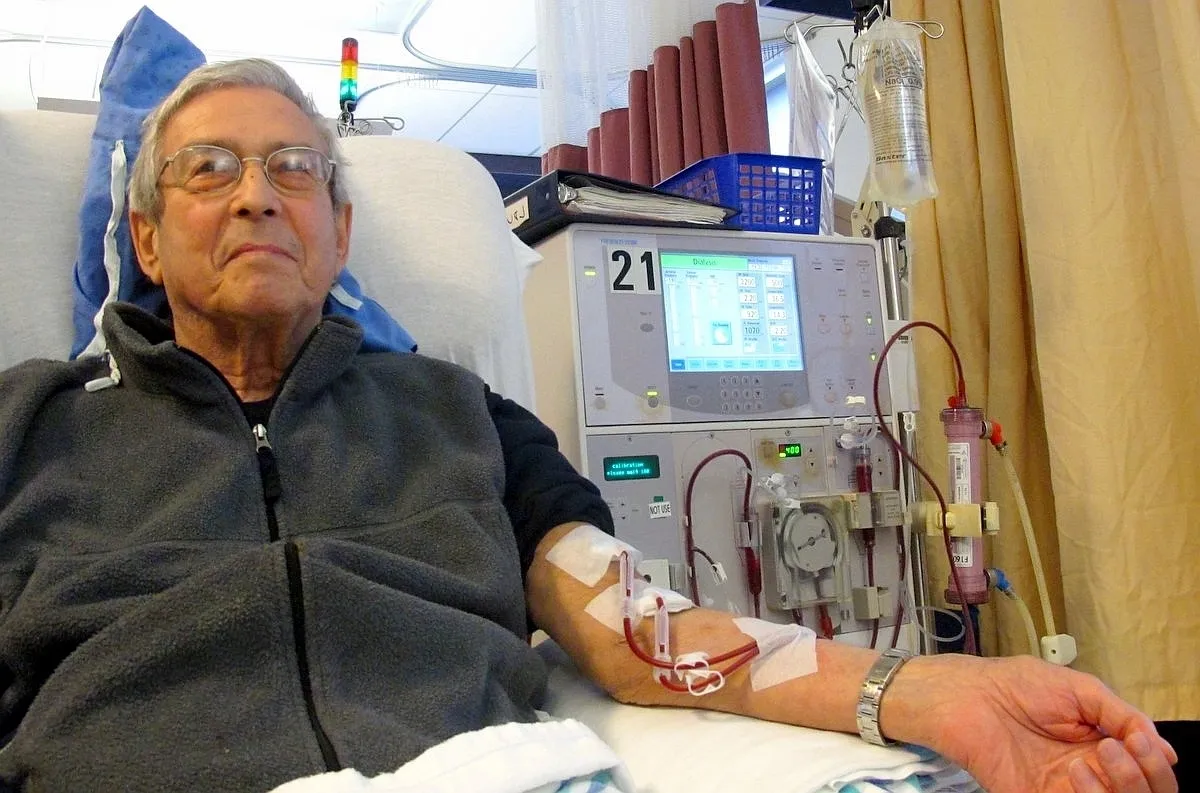Iranian Researchers Develop System to Assess Adequacy of Hemodialysis

The adequacy of hemodialysis refers to how well toxins and waste products are removed from the patient's blood and has a major impact on their well-being.
The urinary system consists of kidneys, ureters, and bladder, responsible for cleaning the blood from various toxins and maintaining water and electrolyte balance.
Renal failure refers to temporary or permanent kidney damage that leads to the loss of normal kidney function. Kidney damage can have a sudden onset or it can happen gradually.
When the kidney damage reaches a point that requires kidney replacement therapy, the patient progresses to the final stage of kidney failure, which leads to death if left untreated.
Unfortunately, the prevalence of end-stage renal failure has increased significantly in developing countries.
In this regard, a process called hemodialysis is the most common treatment that reduces the symptoms of the disease to some extent and improves the lifestyle of patients.
Although the quality of life and life expectancy of patients in such a situation is estimated to be lower than normal people, the survival rate of dialysis patients is still significantly low and many factors play a role in this respect.
Various studies have estimated the average life expectancy of hemodialysis patients to be less than three years.
Dialysis is actually a process that removes toxins and excess substances from the blood and facilitates water and electrolyte and acid and base disorders related to kidney failure.
This process will be effective if it has acceptable quality and adequacy.
The Iran-made system is low-cost and non-invasive and has the ability to continuously measure the fluid conductivity of the dialysis machine.
So, it provides the possibility of a more acceptable treatment.
Studies show that the operation of the system on dialysis devices will be effective in preventing the consequences of the vital process.
In this method, disposable or waste materials or devices are not used. Therefore, the patient's costs are also reduced.
Also, there will be no need to take samples from the patient's blood and laboratory tests.
"We have developed a method to measure the electrical conductivity of the blood solution, which can be performed without contact with the solution. This has been made possible by using capacitive imaging and impedance spectroscopy,” the researchers said.
Results of the study indicate that the method will be very useful for clinical conditions and future research in this field can be focused on measuring the concentration of drugs at the inlet and outlet of the dialysis device.
4155/g





















